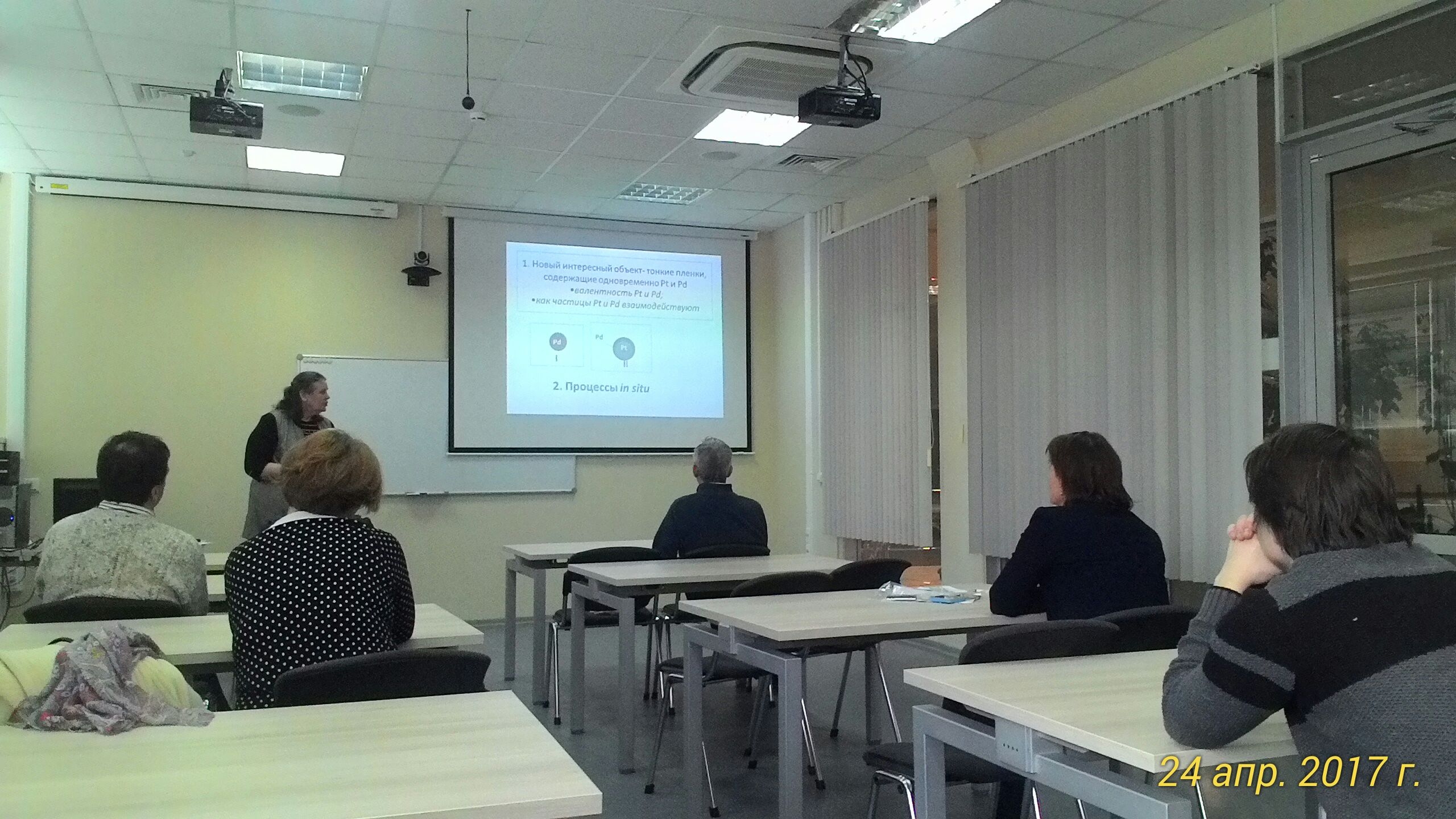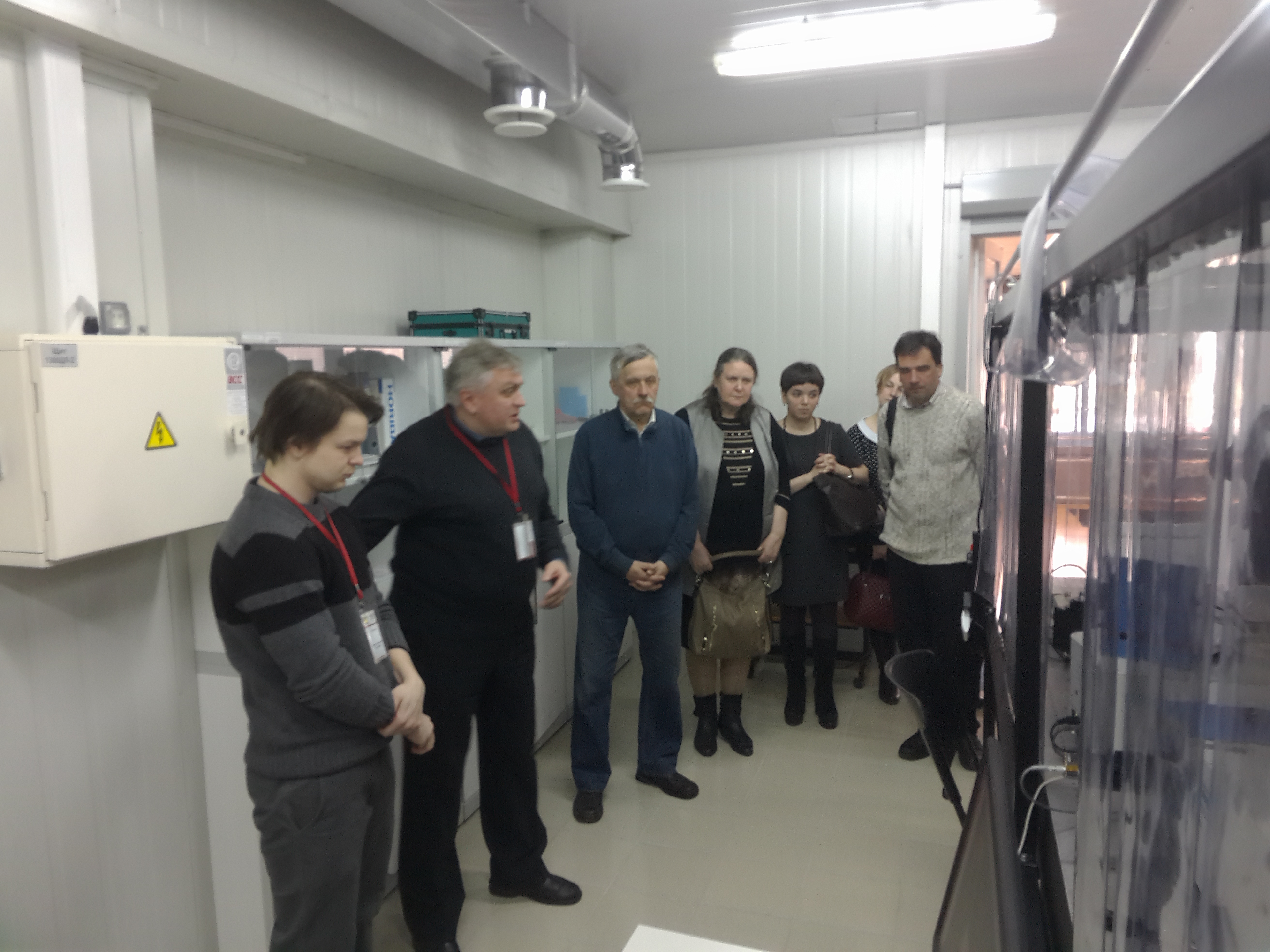Категория: Новости.
2 мая 2017 года состоялась экскурсия для группы студентов физического факультета под руководством доцента кафедры молекулярной биофизики и физики полимеров к.ф.- м.н. Пастон Софьи Владимировны.
Категория: Новости.
Applied Surface Science 416 (2017) 988–995
A.A. Ionin, S.I. Kudryashov, A.O. Levchenko, L.V. Nguyen, I.N. Saraeva, A.A. Rudenko, E.I. Ageev, D.V. Potorochin, V.P. Veiko, E.V. Borisov, D.V. Pankin, D.A. Kirilenko, P.N. Brunkov
«Correlated topographic and structural modification on Si surface during multi-shot femtosecond laser exposures: Si nanopolymorphs as potential local structural nanomarkers»
Applied Surface Science 416 (2017) 988–995
DOI: 10.1016/j.apsusc.2017.04.215
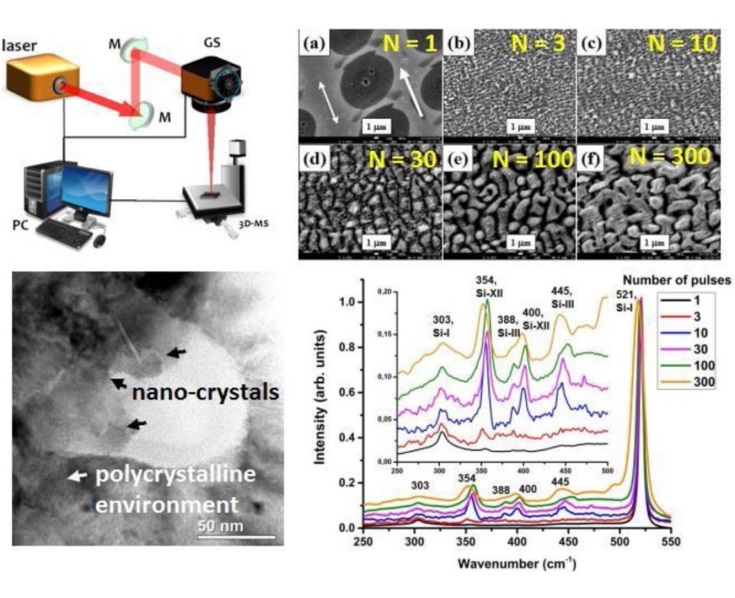
High-pressure Si-XII and Si-III nanocrystalline polymorphs, as well as amorphous Si phase, appear consequently during multi-shot femtosecond-laser exposure of crystalline Si wafer surface above its spallation threshold along with permanently developing quasi-regular surface texture (ripples, microcones), residual hydrostatic stresses and subsurface damage, which are characterized by scanning and transmission electron microscopy, as well as by Raman micro-spectroscopy. The consequent yields of these structural Si phases indicate not only their spatially different appearance, but also potentially enable to track nanoscale, transient laser-induced high-pressure, high-temperature physical processes – local variation of ablation mechanism and rate, pressurization/pressure release, melting/resolidification, amorphization, annealing – versus cumulative laser exposure and the related development of the surface topography.
Категория: Новости.
24 апреля состоялся совместный семинар РЦ ОЛМИВ, Кафедры лазерной химии и лазерного материаловедения и представителей ИХС РАН им. Гребенщикова.
На семинаре выступили:
О.А.Шилова, д.х.н., Институт химии силикатов им. Гребенщикова и В.Н.Щелушкин, рук. технологической группы, группа компаний Солэкс, г. Рязань.
Обсуждались вопросы выполнения совместных научно-исследовательских работ в области исследования новых материалов, в частности, для солнечной энергетики.
Категория: Новости.
Polyhedron Volume 130, Pages 176-183
Y. Kondratenko, V. Fundamenskya, I. Ignatyev, A. Zolotarev, T. Kochina, V. Ugolkov
Synthesis and crystal structure of two zinc-containing complexes of triethanolamine
Polyhedron Volume 130, Pages 176-183
DOI: 10.1016/j.poly.2017.04.022
Two new zinc-containing complexes [Zn2(TEA)(C6H5COO)3] (1) and ([Zn(TEA)(H2O)2]SO4)·H2O (2) were synthesized and characterized by IR spectroscopy, elemental analysis, DSC and TG analysis. Their structure was determined by single-crystal X-ray diffraction. In the binuclear, mixed-ligand [Zn2(TEA)(C6H5COO)3] complex, one zinc atom is six-coordinated by nitrogen and three oxygen atoms of tetradentate triethanolamine (TEA) and two oxygen atoms of two different benzoate ligands, forming the distorted octahedron of the ZnNO5 type. The second zinc atom is five-coordinated, forming the distorted trigonal bipyramid. Two zinc atoms are bridged by two carboxylate groups of two benzoate ligands and one oxygen atom of the deprotonated hydroxyethyl group of TEA. Cationic complex 2 consists of [Zn(TEA)(H2O)2]2+ cations and SO42- anions. The coordination polyhedron around the zinc atom corresponds to a distorted octahedron (ZnNO5 type). The TEA ligand is tetradentately coordinated to the cation, forming three chelate rings. The coordination sphere of the Zn cation is completed by two aqua ligands.
Категория: Новости.
REVIEWS ON ADVANCED MATERIALS SCIENCE Volume 47, No. 1, Pages 71-77
O.Yu. Kurapova, V.G. Konakov, A.S. Grashchenko, N.N. Novik, S.N. Golubev and I.A. Ovid’ko
NANOTWINNED COPPER-GRAPHENE COMPOSITES WITH HIGH HARDNESS
REVIEWS ON ADVANCED MATERIALS SCIENCE Volume 47, No. 1, Pages 71-77
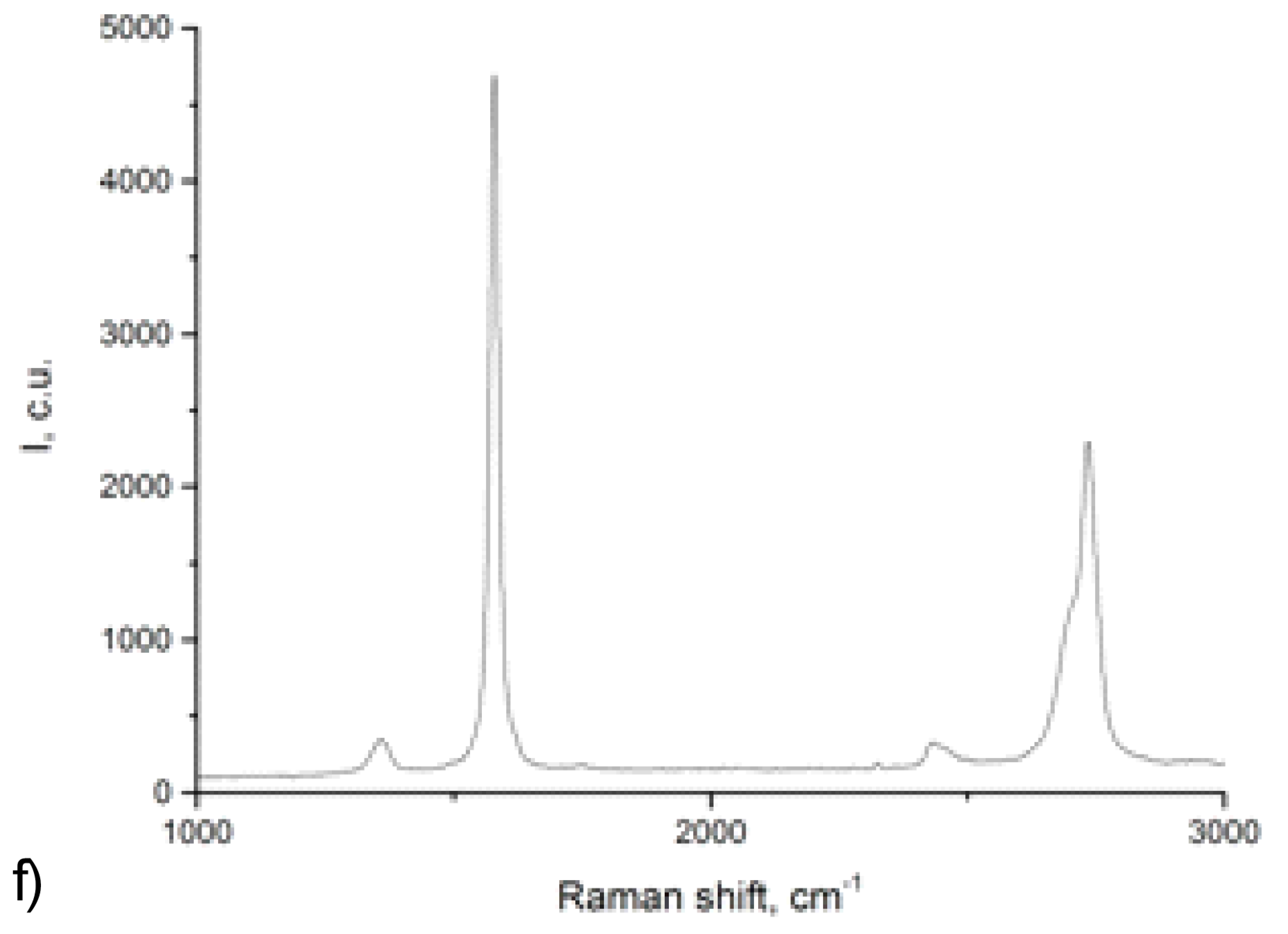
This paper addresses fabrication, structure, and hardness characteristics of nanotwinned (ntw) copper-graphene composites. The composites were fabricated by electrodeposition from 1M CuSO4·6H2O mixed water-alcohol solution containing graphene-graphite mixture stabilized by non-ionic surfactant. We fabricated two-layer solids each consisting of ntw copper layer and ntw copper-graphene layer. The synthesized two-layer specimens were examined in nanoindentation tests and showed high hardness values up to 3 GPa. The maximum hardness value of 3 GPa is higher than those of pure ntw copper and copper-graphene composites, taken from the literature.
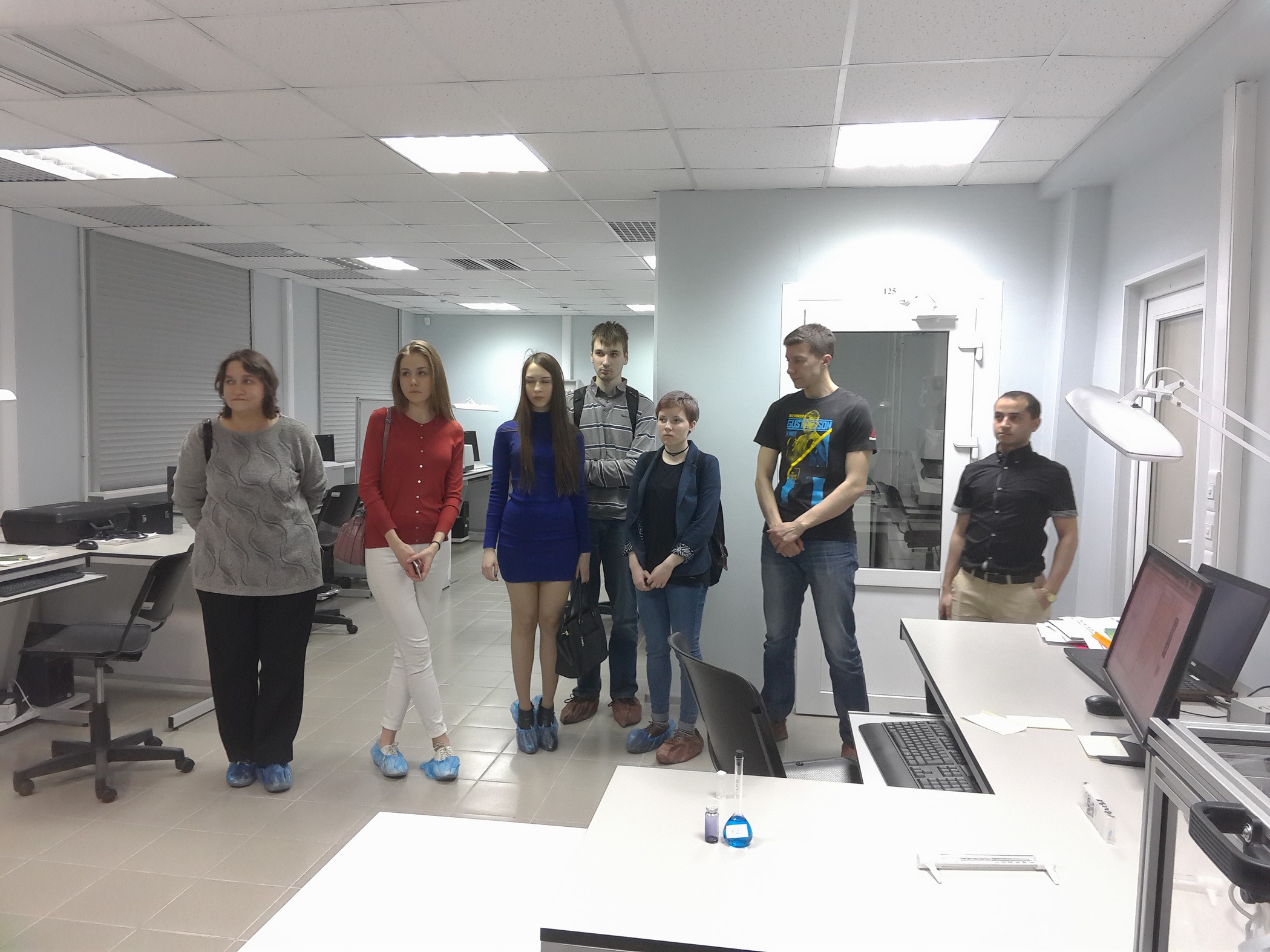
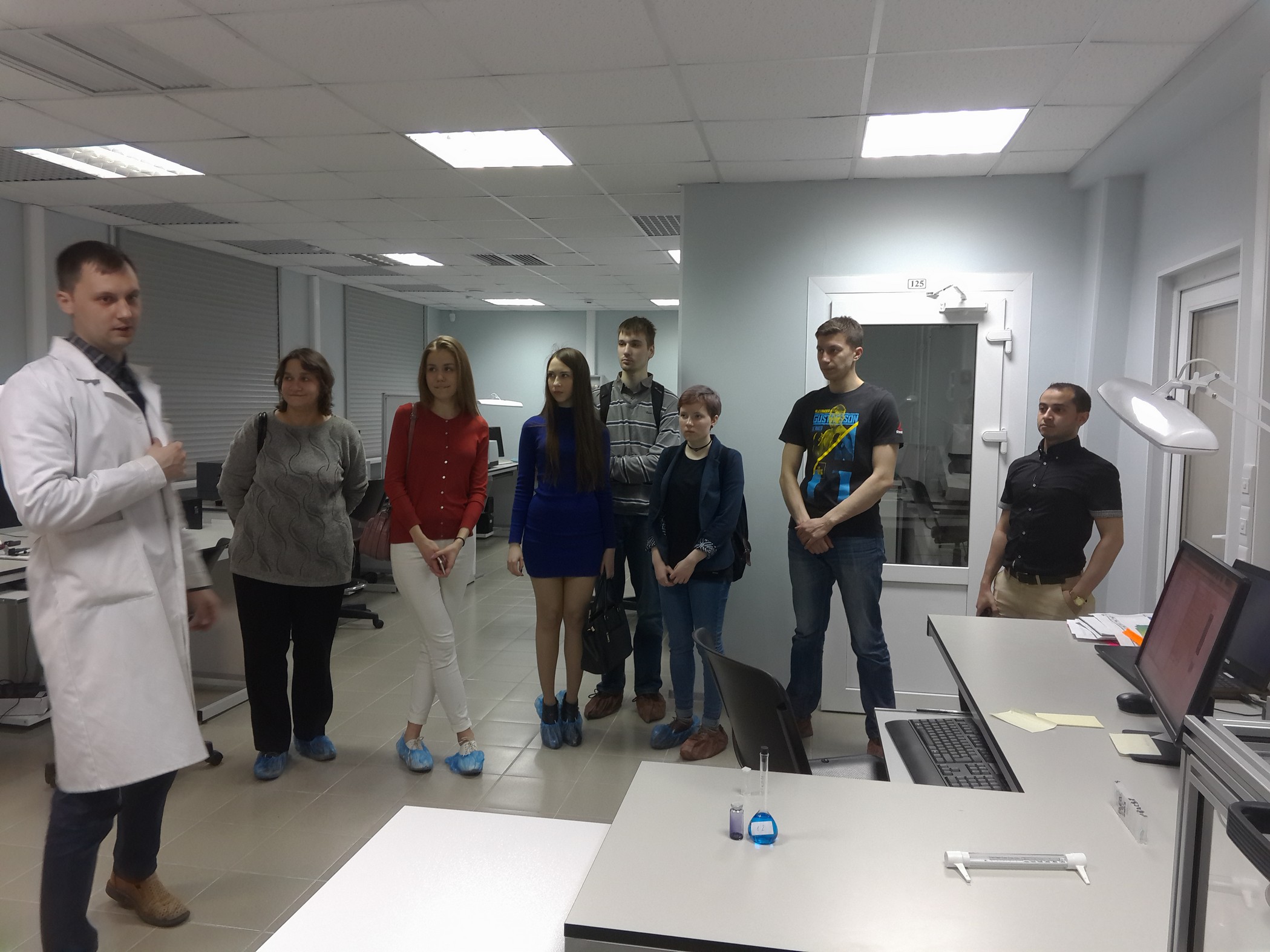
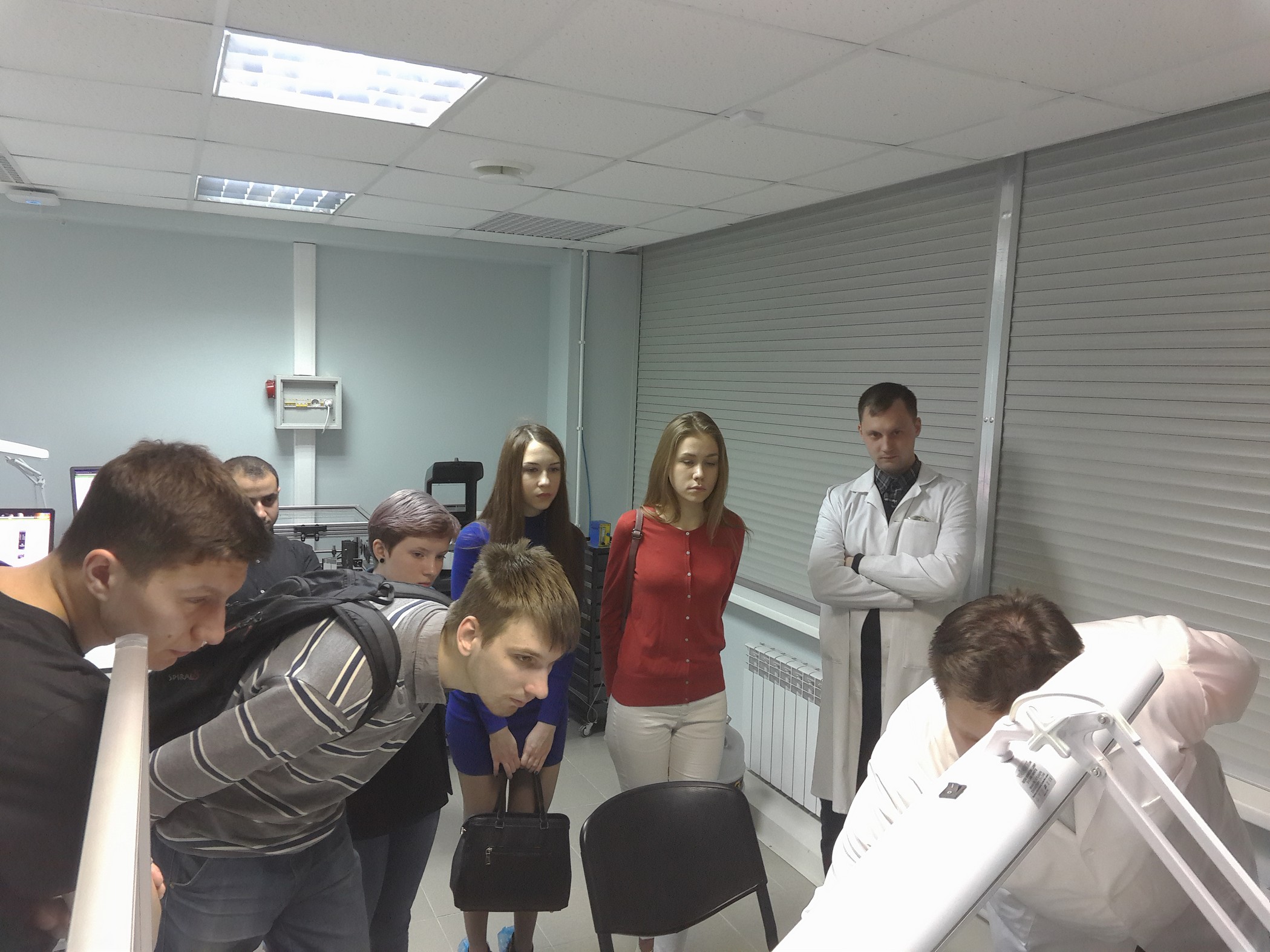
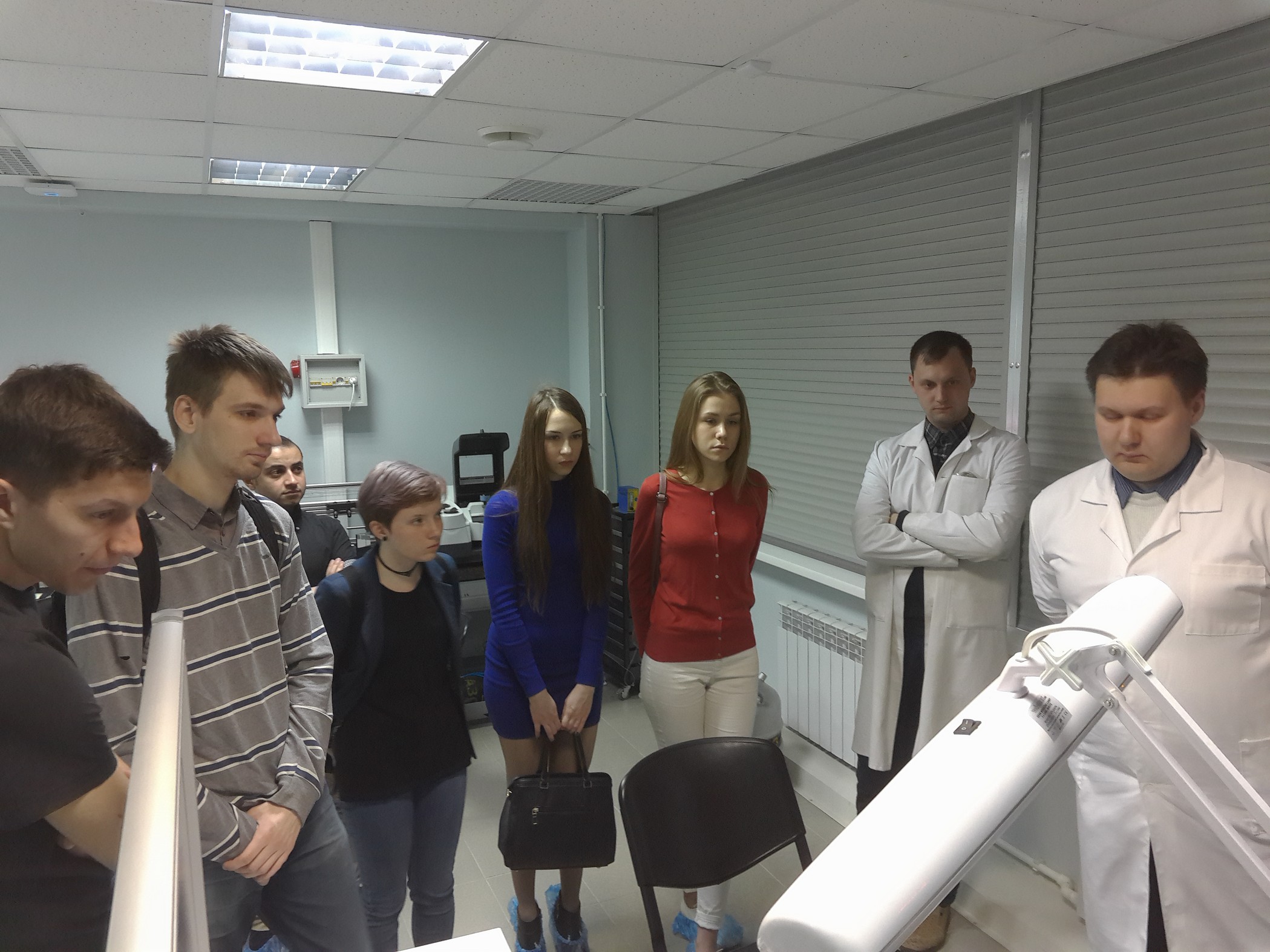

 Русский (РФ)
Русский (РФ)  English (UK)
English (UK) 
